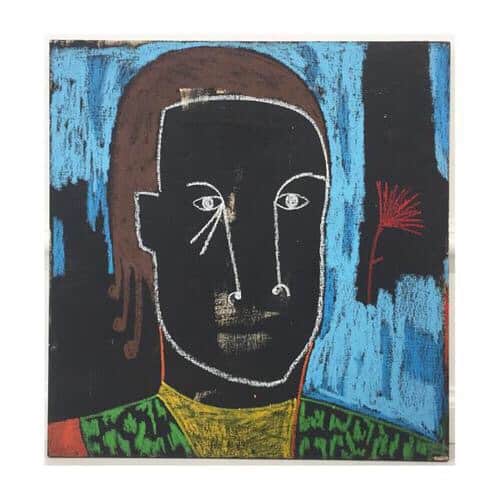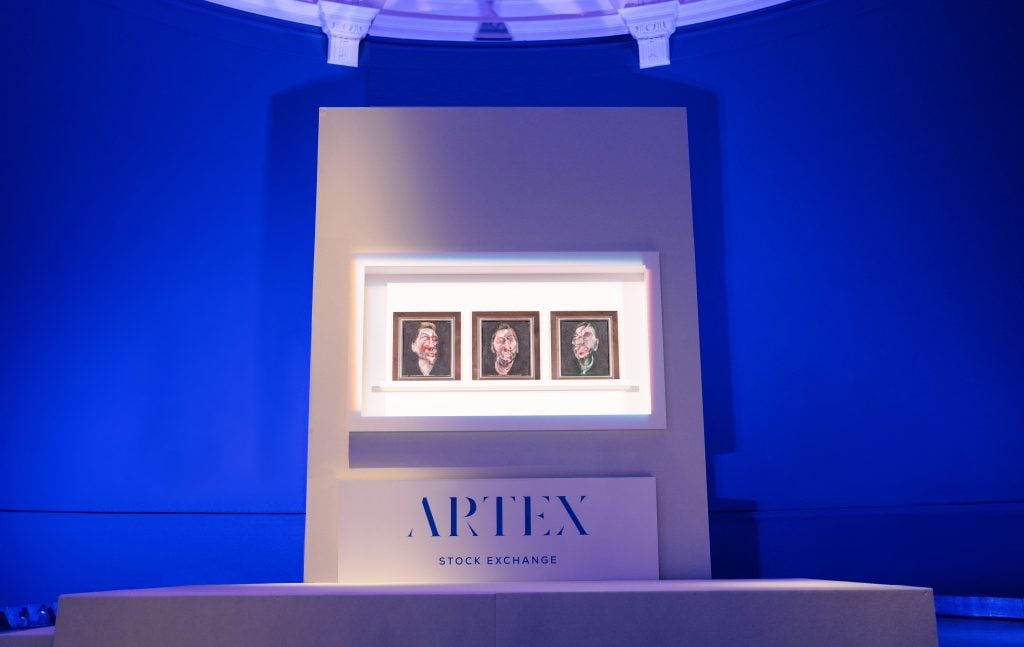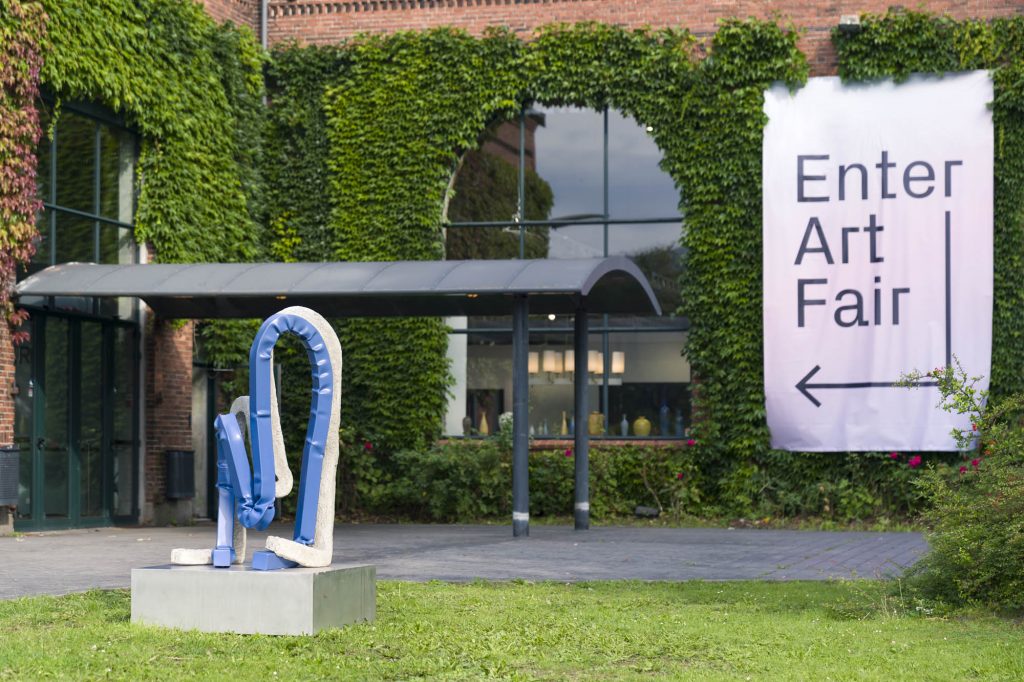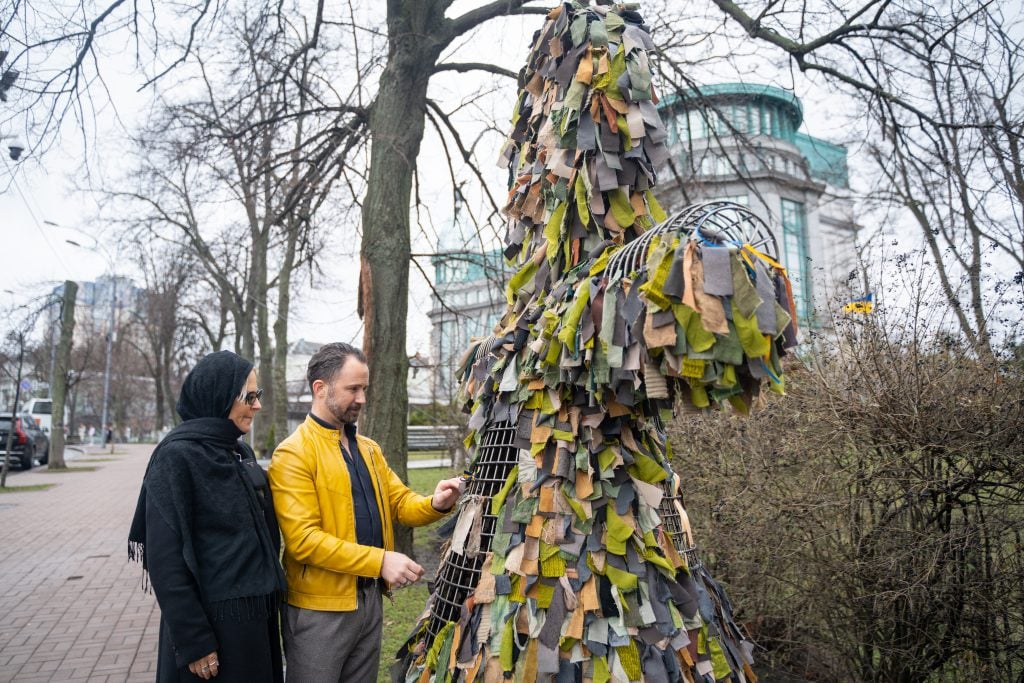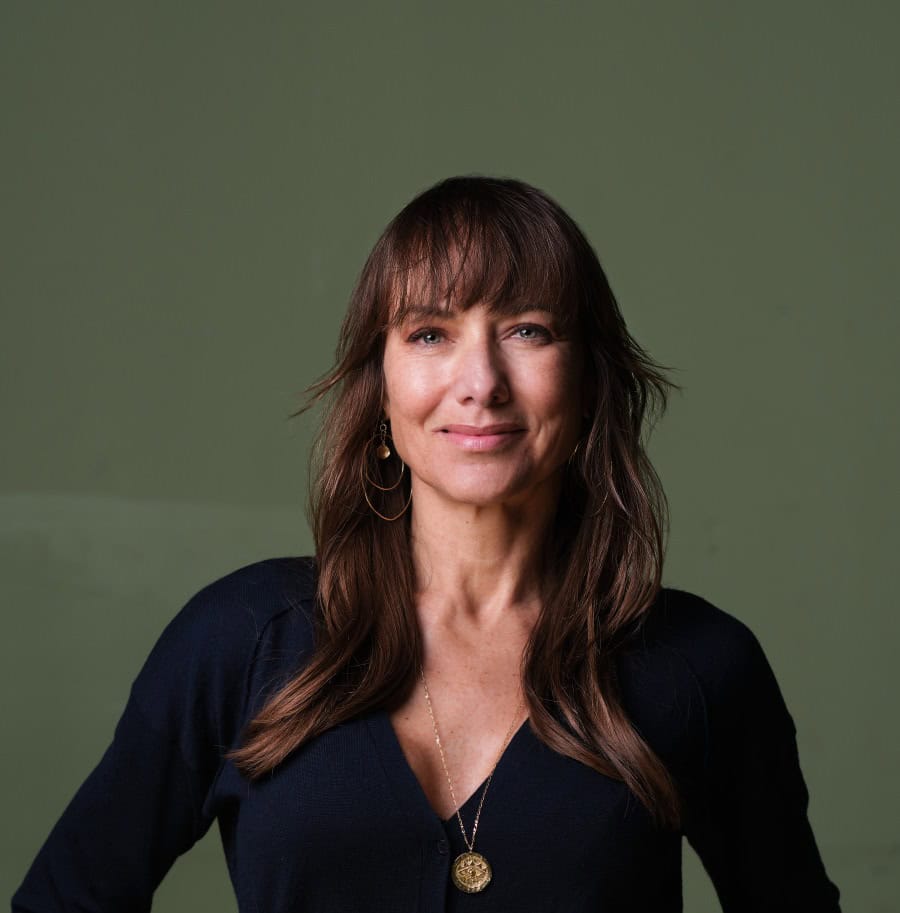Interview with musician and art collector Shaka Loveless
“My interaction with art challenges my perception of the world.”
Musician and art collector Shaka Loveless never doubts art’s potential to make a difference, be it as a rich source of inspiration in his own artistic process or as a way to question and challenge prevailing structures in society. Having found a way into a, at times, closed art world, he constantly seeks to expand the possibilities for more people to experience and appreciate art. For this reason, he decided to become an investor in Artland in the spring of 2018 – as a way to give back to the art world and bring it “down to earth”. According to Shaka Loveless, in the end, art is a reflection of how we perceive the world around us, inviting us to connect to our senses, body, and mind in the most genuine way.

When did you first get interested in art, and what led you to start collecting it?
My interest in art has most likely always been a part of me – a fascination with a creative power that is expressed visually. The first time I felt my interest in art expand or deepen was during my higher preparatory examination programme. One of my teachers combined literary history with art history, and by doing that explained how different artistic trends and tendencies influence each other. All those different layers of visual and linguistic expressions, that are woven into each other, and which create our culture, made a huge impression on me. After this experience, a couple of years went by, and then I met my former girlfriend, whose father is a gallerist, and who now also works within the art world. That relation became a more direct access to the art world, and it was definitely a big part of why I started collecting and appreciating art in a different way than I used to. To me, the idea of stepping into a gallery used to be intimidating, but meeting my then girlfriend and her father became a gate opener for me in several ways. Then I also started having an economy that made it possible for me to buy art. Of course, it was essential to me that I had the experience of being elevated by an artwork – really let it hit me and change something in me. It is amazing to me, to have the opportunity to bring art into my everyday life, all the way into my home, and have it close to me, so that I can keep scanning the different layers of the artwork again and again and again…
What type of art do you collect? Is there a coherent theme in your collection?
I still am a fairly new art collector, so I still feel a bit odd about being called and identifying myself as one. I have been collecting for a couple of years and my collection is still taking shape. I definitely do not feel like an expert in this field, but I am motivated by art that touches my heart. I still make mistakes, and that is a part of the process and perhaps a way for me to create some coherence. Right now, my collection is going in many different directions. For example I am fascinated by a group of German conceptual artists, and a series of younger American artists who create artworks with an enormous amount of energy. Since I began collecting, Danish artists from my own generation have also had my attention. They react to the society that I myself is a part of, and that creates a common ground, which means that I can relate to the artistic expression and moods that the artworks evoke. It really is not important for me to follow any direction right now. It is more important for me that I am able to feel the artworks and create a space for their musicality regardless of the form and colour.
Can you name a few artists that you are keeping your eye on at the moment?
I really enjoy the work of Martin Paaskesen, an autodidactic Danish artist, and Frederik Næblerød, who has just finished his education at the Royal Danish Academy of Fine Arts. They have a liberatingly spontaneous approach to art and they do not necessarily intellectualise it. If I feel that an artwork excludes me and does not ‘let me in’, then I am out. This is not to say that there cannot be many layers in an artwork, but they have to be able to stand on their own and not be wrapped up in an elitist description that makes the work hard to understand, if you do not have a background in art history yourself. On the other hand, I also enjoy the work of artists Lea Guldditte Hestelund. She uses some exciting conceptual techniques to comment on and participate in the current societal dialogue, and by doing that she challenges conventions and established structures. I also want to highlight Farshad Farzankia, Morten Knudsen and Ester Fleckner… Kirsten Justesten may be one of the more established artists, but I want to mention and praise her as well. She is a beacon and a tough and skillful artist, and people need to recognize that! I really like the idea of highlighting and supporting the artists that inspire me, because that may help other people find, support, and be touched by their work. The only problem in doing this is all the people you do not mention. There are so many talented artists out there, so above all, my advice must be to check out more artists in general!
How do you discover new artists?
There are plenty of channels that I use to inform myself about what is currently happening in the art world. I also use these to spot artists that I would like to know more about and whose work I might want to add to my collection. I came to know the, at the time totally unknown, Danish artist Martin Paaskesen through Instagram. I introduced him to some of my friends in the art world, who then also became aware of him and started appreciating his work. In the same way, I have come to know new artists both through other art collectors, Instagram, and through Artland. The digital channels have a huge potential. They expand your opportunities for discovering and communicating with artists in a less traditional fashion – these include artists outside your own local art scene. That said, an old-school exhibition preview is still a cool way of experiencing art. Here, you have the chance to meet the artist in person. That really appeals to me, because that provides me with a good way of approaching the artwork and opens them up in a unique way. I would have a hard time buying an artwork from an artist whom I found to be an asshole!
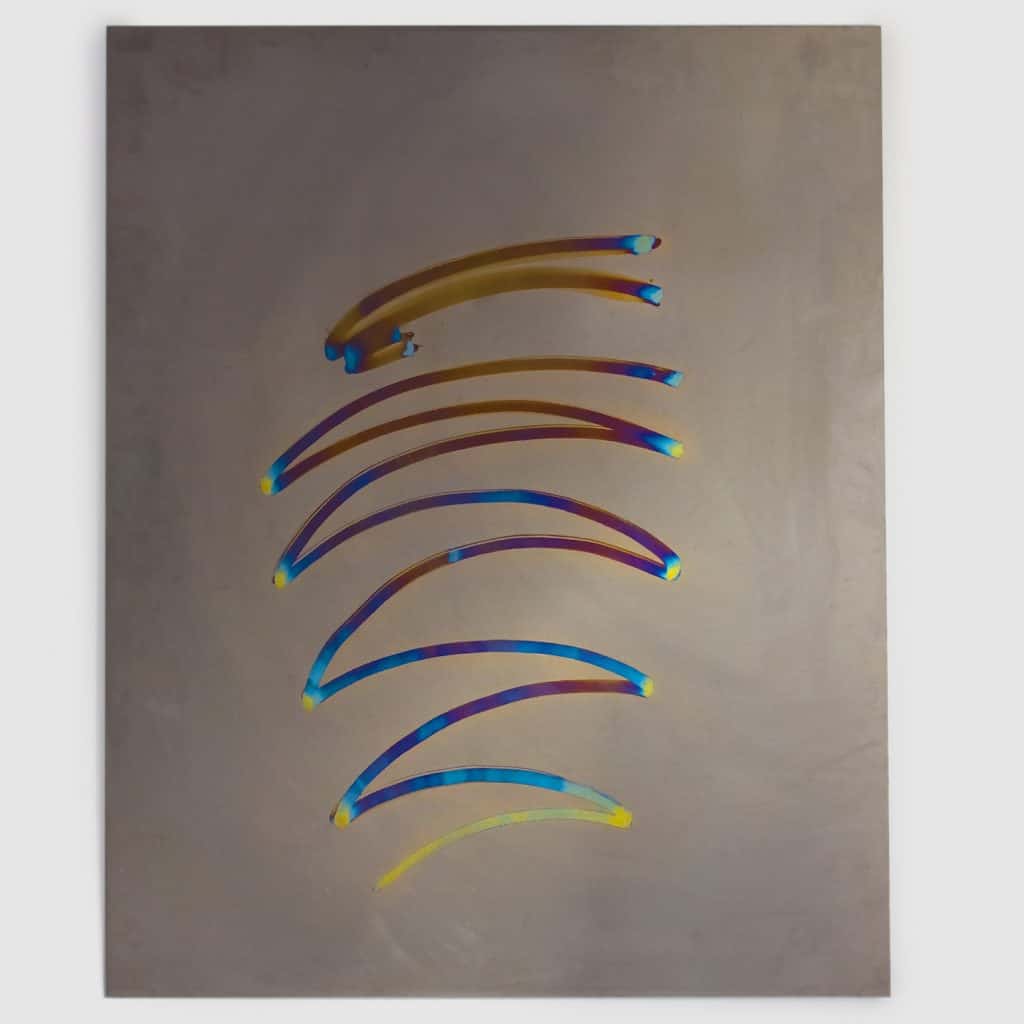
So it is important for you to meet the artist?
It is definitely interesting to meet the artists, to talk with them and get insight into their practice, but it is important that I feel that they genuinely feel like letting me into their universe. I generally think that you should be careful not to idolize both musicians and visual artists. At the exhibition openings, you can sometimes see some social dynamics that seem strangely fake. Please do not. Bring it down to earth. I think it is extremely important to focus on the art and give space to creative forces to expand on their own terms.
Do you feel a special kind of kinship with other artists due to your own background as a musician?
I think that visual artists, musicians, and actors all feel a certain kinship both in terms of the actual content they create, but also in terms of a creative and emotional approach to life – our own lives, and, if we are lucky, other peoples’ lives as well. There are reviewers acting as cultural celebrities, powerful bosses in the record industry, and collectors rolling in money, but if they have not ever tried creating, I do not think that they feel that sense of kinship in the same way that artists do. The feeling you get when you create something – art, moods, feelings, words, sounds, expressions – it is potent. My dear friend Kristian Leth (ed. artist, musician) told me once about an experience he had during a talk he participated in. I cannot remember every detail, but I still think this is worth mentioning. The person sitting next to him worked in the fashion industry, and, during the event, he told my friend, referring to their different creative fields, that: “You create content – we wrap it up nicely”. I think that is a great acknowledgement; that there are different ways to mediate creativity. We need all of it, and none of it is more important or better than the rest. We all have different skills and contribute in different ways, and that diversity is both important and necessary!
Does the art – and this kinship – inspire you in your own creative process?
Art is definitely a source of inspiration for me. When you create – whether it is music, movies, or art – it is always in the light of inspiration, impulses, which evoke some feelings in you. I have made music for several years before I entered the art scene, but art definitely provides me with a new source of inspiration. My interaction with art challenges my perception of the world. Back home, I put up my artworks side by side, close to each other, so that I am bombarded with impressions. It is a discharge of energy that I can use in my own creative process, which of course is interwoven with all the other impressions I collect in my daily life, and that make up the ‘material’ that I use to create my music.
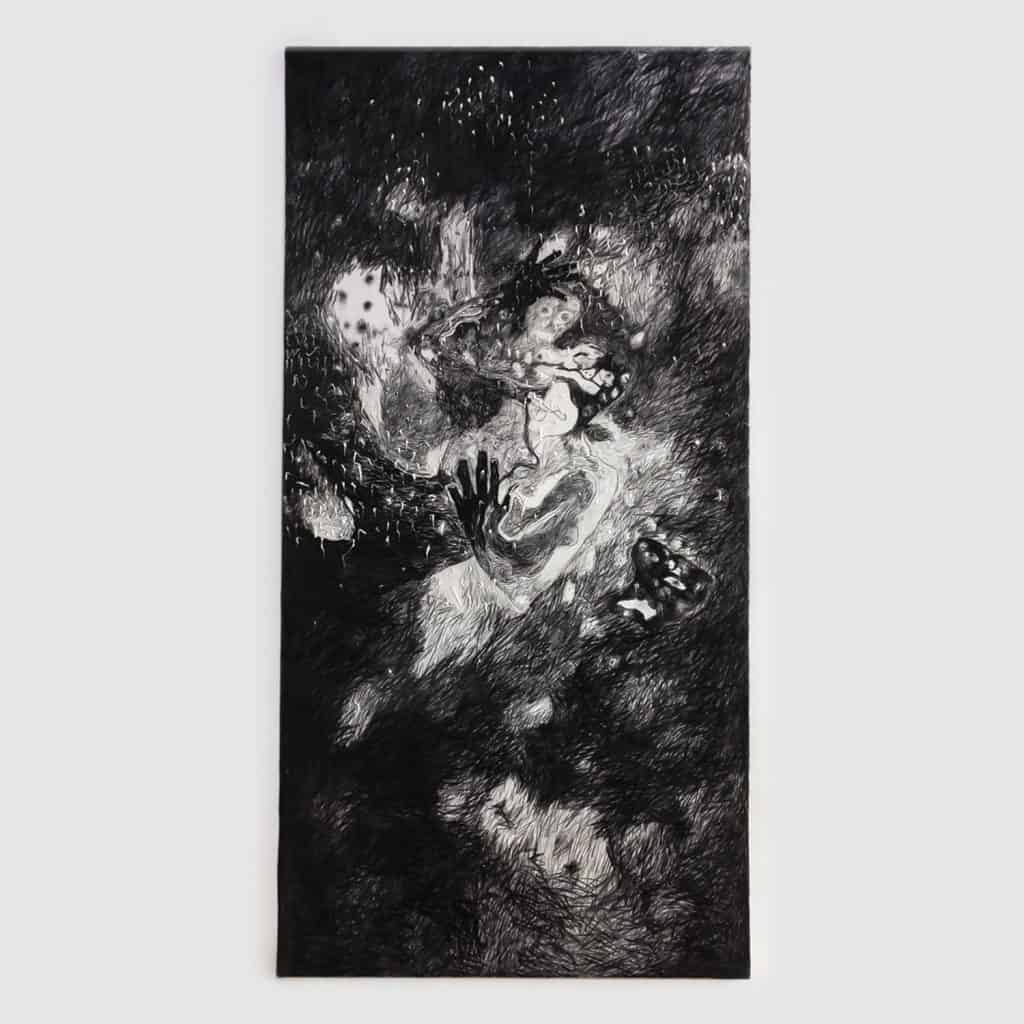
Are you particularly drawn to artworks that feature a sound element?
No, not necessarily. I have not been that into sound- or performance-based artworks, but some works have really stuck with me, for example, Jeannette Ehlers’s performance Whip It Good, where she re-enacts one of the most brutal methods of punishment in the days of slavery – whipping – in an examination of Denmark’s past as a colonial power. Another work that spoke to me and my background in music is the artwork ‘3 farven spanisch (Carmen)’ by the German artists Gregor Hildebrandt. The artwork is based on dissected audio cassette tape that Hildebrandt has recorded music onto – in this instance Carmen. I think that is a super cool and interesting way of ‘painting’ with music. Generally, I like to see ‘sound’ in my artworks, not understood as sound in any traditional sense, but as a rhythm, a musicality, created when form and colour meet. Besides music, it was actually literature that caught my interest when I was young, because rhythm is especially important and obvious here. In a way, you can see literature as the middle ground in the spectrum of art, with visual art and music being the two outer poles. Literature has a unifying power – we use words to describe and give meaning. For example, it was through literature, with authors such as Hemingway or some of the Danish authors of the 1990’s, that I discovered how great minimalism is. In that way, different branches of art can help you discover and appreciate other genres.
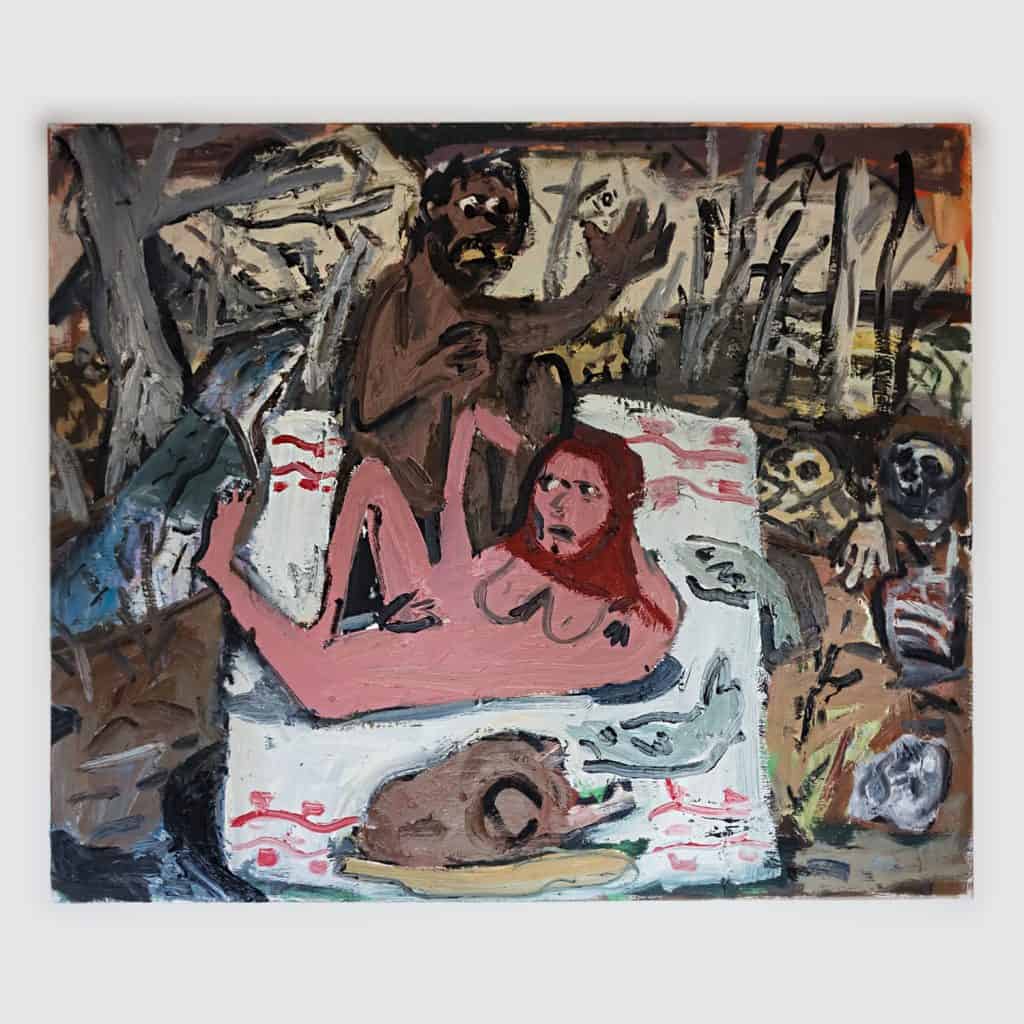
This spring (2018), you decided to join Artland as an investor. What was your motivation to invest in this project?
I stumbled upon Artland on Instagram, and I found it to be a cool project. When I downloaded the app, I came to understand just how much information there is on the platform, which help make your entrance into the art world easier. All that comes with an entire community that you become a part of, and that makes it possible to communicate and collaborate with ‘allies’ all around the world. That is super cool! It becomes more and more interesting with every new user on the platform, because your networks grows parallel to your knowledge. When I found out that Artland was created by two Danish brothers (ed. Mattis og Jeppe Curth), I felt like examining it more closely, and I was introduced to them by my friend Jens-Peter Brask (ed. collector and investor in Artland). So in a sense, it was a very organic path into the project, driven by my own curiosity for art and my wish to make it easier for others to enter that world. I myself have stood ‘outside’ and looked in, not feeling welcome, but Artland is accommodating and wants to help people, so it is a project that I genuinely think makes a difference. I also think that the international perspective is very exciting and a great opportunity to get a sense of what is happening on the global art scene. It is interesting to see how aesthetics are understood and mediated on different markets – it says a lot about the given culture – and it is always important to be on the lookout, perhaps even interact with a collector or a gallerist from the other side of the world!
Do you have some advice for people who are new to the art scene and who are considering buying the first piece of art?
If you are considering buying your first piece of art, my best piece of advice is this: do it. Follow your gut feeling, it will lead you down the right track. Do not by super expensive artworks straight away, when you are still trying to find your way into the art world and will, most likely, make some mistakes. If you have your eyes set on a fairly established artists, you can buy an edition piece. Most importantly: do not be afraid to take the plunge. It will give you so much more than it takes, if you allow yourself to follow your curiosity.

